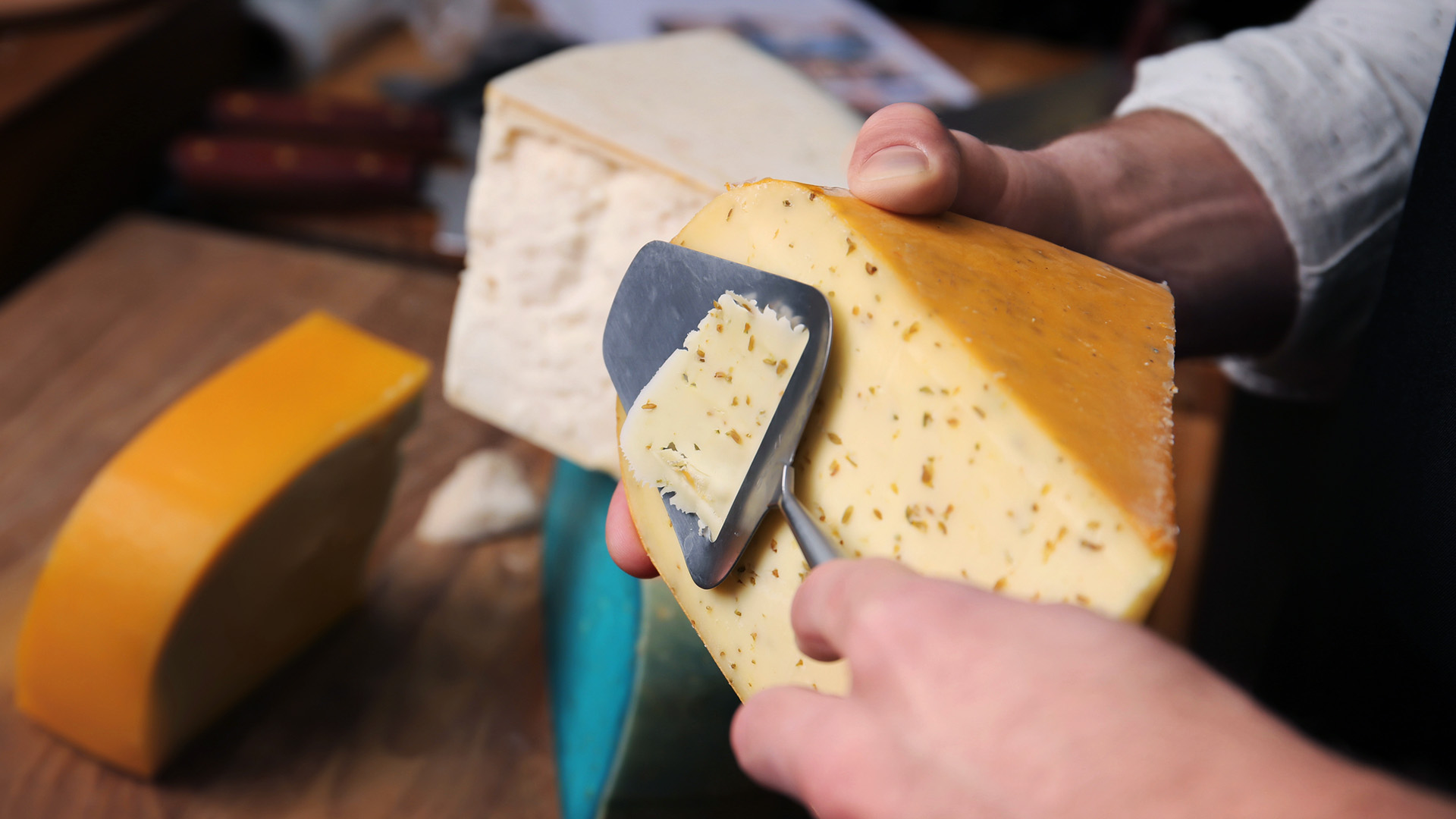Meeting climate targets may require reducing meat and dairy consumption
Greenhouse gas emissions from food production may threaten the UN climate target of limiting global warming to 2 degrees Celsius, according to research at Chalmers University of Technology, Sweden.
Today the Intergovernmental Panel on Climate Change (IPCC) presents their report on the impacts of climate change.
Carbon dioxide emissions from the energy and transportation sectors currently account for the largest share of climate pollution. However, a study from Chalmers now shows that eliminating these emissions would not guarantee staying below the UN limit. Emissions from agriculture threaten to keep increasing as global meat and dairy consumption increases. If agricultural emissions are not addressed, nitrous oxide from fields and methane from livestock may double by 2070. This alone would make meeting the climate target essentially impossible.
“We have shown that reducing meat and dairy consumption is key to bringing agricultural climate pollution down to safe levels,” says Fredrik Hedenus, one of the study authors. “Broad dietary change can take a long time. We should already be thinking about how we can make our food more climate friendly.”
By 2070, there will be many more of us on this planet. Diets high in meat, milk, cheese, and other food associated with high emissions are expected to become more common. Because agricultural emissions are difficult and expensive to reduce via changes in production methods or technology, these growing numbers of people, eating more meat and dairy, entail increasing amounts of climate pollution from the food sector.
“These emissions can be reduced with efficiency gains in meat and dairy production, as well as with the aid of new technology,” says co-author Stefan Wirsenius. “But the potential reductions from these measures are fairly limited and will probably not suffice to keep us within the climate limit, if meat and dairy consumption continue to grow.”
Beef and lamb account for the largest agricultural emissions, relative to the energy they provide. By 2050, estimates indicate that beef and lamb will account for half of all agricultural greenhouse gas emissions, while only contributing 3 percent of human calorie intake. Cheese and other dairy products will account for about one quarter of total agricultural climate pollution.
The study, The importance of reduced meat and dairy consumption for meeting stringent climate change targets, by Fredrik Hedenus, Stefan Wirsenius, and Daniel Johansson, is published in the journal Climatic Change on Monday 31 March.
Chalmers University of Technology conducts research and offers education in technology, science, shipping and architecture with a sustainable future as its global vision. Chalmers is well-known for providing an effective environment for innovation and has eight priority areas of international significance – Built Environment, Energy, Information and Communication Technology, Life Science, Materials Science, Nanoscience and Nanotechnology, Production, and Transportation.
Graphene Flagship, an FET Flagship initiative by the European Commission, is coordinated by Chalmers. Situated in Gothenburg, Sweden, Chalmers has 11,000 full-time students and 3,000 employees.




